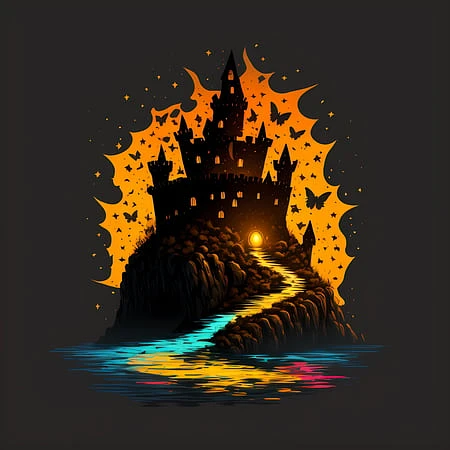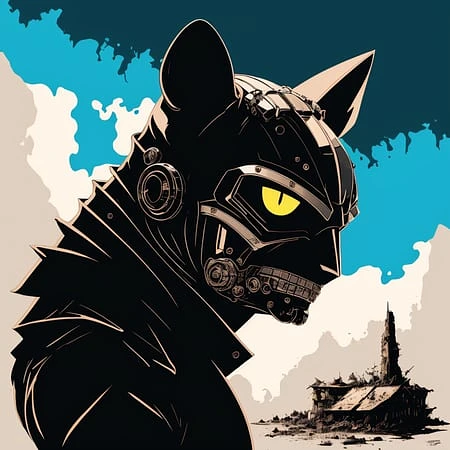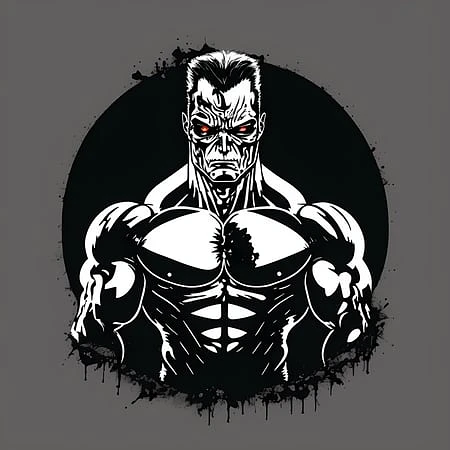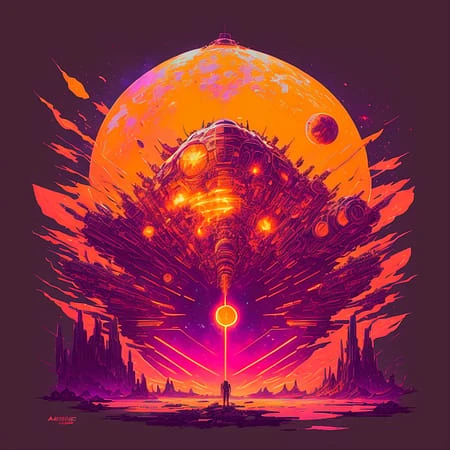<MAGIFACTORY> t-shirt diffusion
MAGIFACTORY t-shirt model - 1.1new test model v 1.1 - try it, it is mainly for testing purposes. Let me know in the comments what you think, I can tune it more in case of problems
MAGIFACTORY model is trained to generate t-shirt logos based on text input. The model takes in a text description of the desired t-shirt logo and generates a corresponding image. It is trained on a dataset of t-shirt logos with resolution 512x512px. Ideally use hires-fix rescale to 896x896 ( for not having repeated artifacts ) in automatic1111 WebUI with "Latents antialiased" and finally upscale 4x with SwinIR_4x. Euler a scheduler preferred. You can also try DPM++ 2S a Karras scheduler. I am running Instagram with top designs, so you can download and use them.
prompts:
cyberpunk astronaut flying in space (on a black background:1.4) as a t-shirt logo in the style of <MAGIFACTORY> arta symbol of a car (on a black background:1.2) as t-shirt logo in the style of <MAGIFACTORY> artnegative prompt:
badly drawn, noisy, noise, blurred, ugly, cropped, out of frame, (double:1.4), (repeated:1.4), (repeating:1.4), signature, text, font, watermarkWhat is <MAGIFACTORY> t-shirt diffusion?
<MAGIFACTORY> t-shirt diffusion is a highly specialized Image generation AI Model of type Safetensors / Checkpoint AI Model created by AI community user magifactory. Derived from the powerful Stable Diffusion (Other) model, <MAGIFACTORY> t-shirt diffusion has undergone an extensive fine-tuning process, leveraging the power of a dataset consisting of images generated by other AI models or user-contributed data. This fine-tuning process ensures that <MAGIFACTORY> t-shirt diffusion is capable of generating images that are highly relevant to the specific use-cases it was designed for, such as t-shirt, logo.
With a rating of 4.55 and over 11 ratings, <MAGIFACTORY> t-shirt diffusion is a popular choice among users for generating high-quality images from text prompts.
Can I download <MAGIFACTORY> t-shirt diffusion?
Yes! You can download the latest version of <MAGIFACTORY> t-shirt diffusion from here.
How to use <MAGIFACTORY> t-shirt diffusion?
To use <MAGIFACTORY> t-shirt diffusion, download the model checkpoint file and set up an UI for running Stable Diffusion models (for example, AUTOMATIC1111). Then, provide the model with a detailed text prompt to generate an image. Experiment with different prompts and settings to achieve the desired results. If this sounds a bit complicated, check out our initial guide to Stable Diffusion – it might be of help. And if you really want to dive deep into AI image generation and understand how set up AUTOMATIC1111 to use Safetensors / Checkpoint AI Models like <MAGIFACTORY> t-shirt diffusion, check out our crash course in AI image generation.
Popularity
Info
Latest version (MAGIFACTORY t-shirt model - 1.1): 1 File
About this version: MAGIFACTORY t-shirt model - 1.1
Cleaned training images, much less generated text




